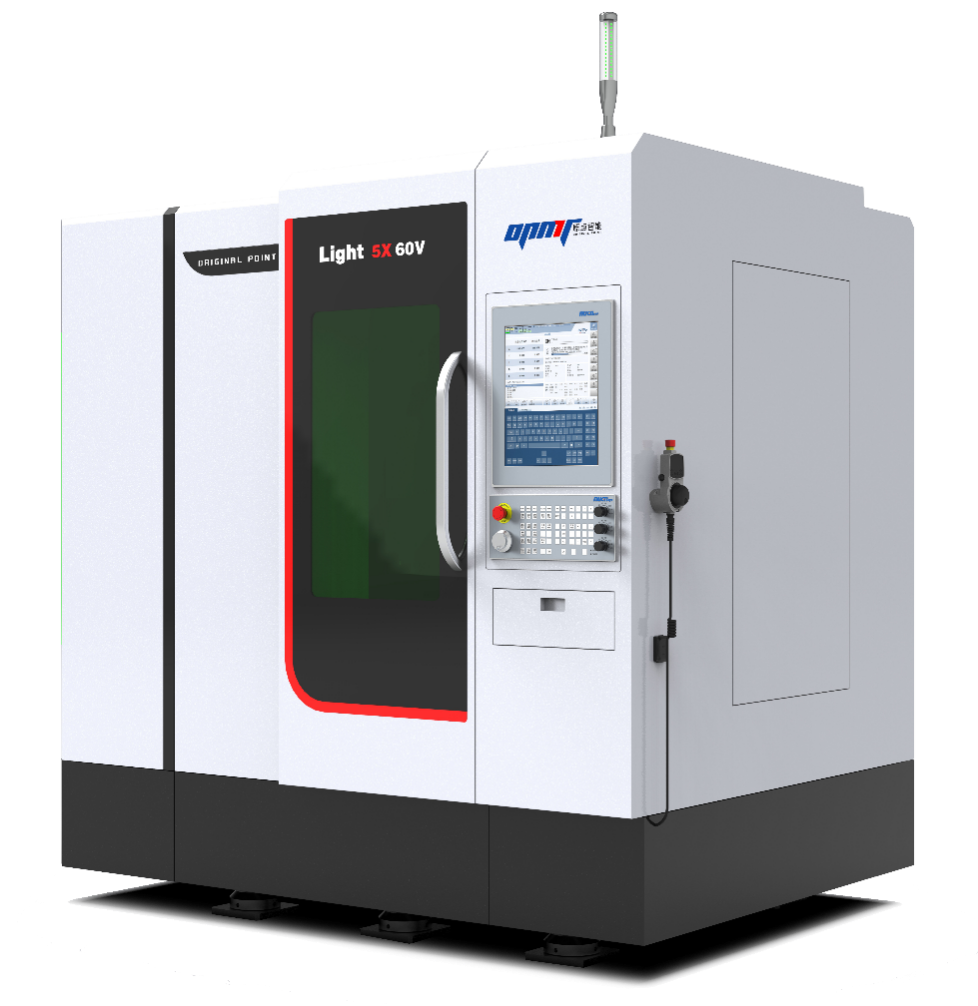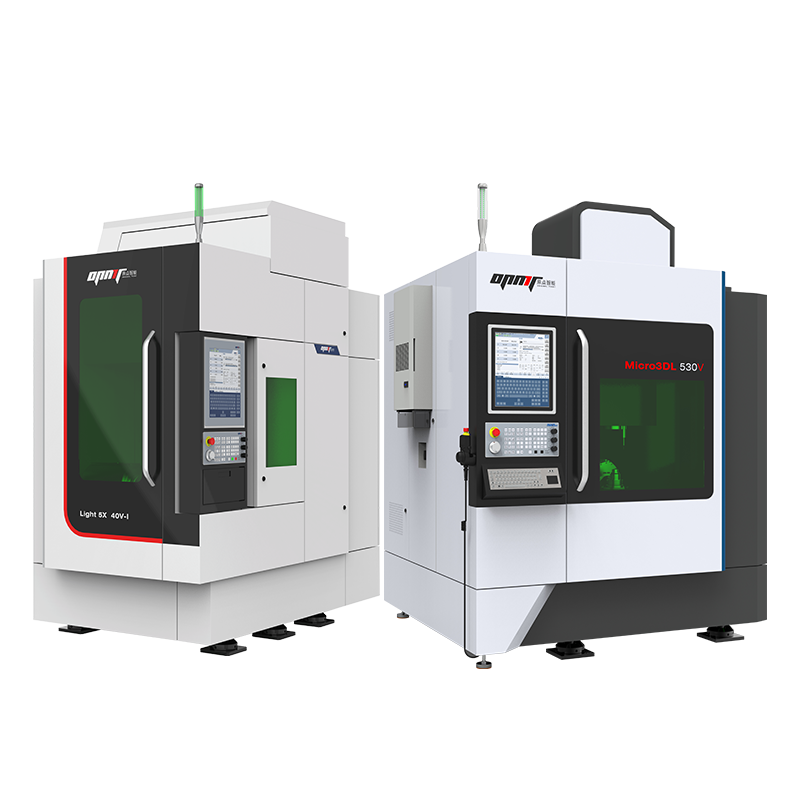When it comes to choosing a diamond, you might find yourself grappling with some important questions:
Are lab-grown diamonds truly authentic?
How do they compare to their natural counterparts?
What factors should you weigh when making your choice?
You’re not alone—over 70% of consumers are curious about the differences between lab-grown and natural diamonds. This article promises to clarify these distinctions and help you navigate your options with confidence.
We’ll discuss the characteristics, benefits, and potential drawbacks of both types, ensuring you have all the information you need to make a choice that feels right for you.
So, grab your favorite beverage and let’s embark on this enlightening journey together!

What Are Lab-Grown Diamonds?
Lab-grown diamonds, often referred to as lab-created or synthetic diamonds, are authentic diamonds produced in controlled laboratory environments. These diamonds are created using advanced technology that replicates the natural conditions under which diamonds form in the Earth’s mantle. As a result, lab-grown diamonds are chemically, physically, and optically identical to their natural counterparts.
Creation Methods of Lab-Grown Diamonds
Lab-grown diamonds are primarily produced through two advanced methods:
- High Pressure High Temperature (HPHT): This method simulates the extreme conditions found deep within the Earth. A small diamond seed is placed in a chamber with a carbon source and subjected to high pressure (over 5 GPa) and temperatures around 1,500°C. The carbon melts and crystallizes around the seed, forming a diamond over several days to weeks.
- Chemical Vapor Deposition (CVD): In this method, a diamond seed is placed in a vacuum chamber filled with carbon-rich gas. The gas is heated to high temperatures (800-1,200°C), allowing carbon atoms to deposit onto the seed and gradually build up into a diamond crystal. CVD typically allows for larger diamonds with fewer inclusions and takes about one to three weeks.
Timeframe for Creation
Lab-grown diamonds can be produced significantly faster than natural diamonds, which take billions of years to form. The creation process can take anywhere from one week to several weeks depending on the method used and the desired size:
- Smaller diamonds (1-2 carats) can be grown in as little as 2-5 days using HPHT and 7-10 days using CVD.
- Larger stones (over 5 carats) may take several weeks to produce.
Quality and Authenticity
Lab-grown diamonds are not imitations; they are genuine diamonds with the same hardness (10 on the Mohs scale), brilliance, and clarity as natural diamonds. The main distinction lies in their origin—lab-grown diamonds are created in weeks rather than formed over millions of years. While gemologists can sometimes identify lab-grown diamonds using specialized equipment that detects subtle differences in growth patterns or inclusions, visually and chemically, they are indistinguishable from mined diamonds.
Sustainability and Cost Benefits
One significant advantage of lab-grown diamonds is their reduced environmental impact compared to traditional diamond mining. They require less land disruption and resource extraction. Additionally, lab-grown diamonds are generally more affordable—often costing up to 85% less than natural diamonds—making them an attractive option for budget-conscious consumers seeking ethical choices in jewelry.
Are Lab-Grown Diamonds Real Diamonds?
Absolutely!
Lab-grown diamonds are indeed real diamonds. They possess the same chemical, physical, and optical properties as natural diamonds, making them indistinguishable without specialized equipment. Both types share a pure carbon structure, ensuring that when tested, lab-grown diamonds register as genuine diamonds.
How Lab-Grown Diamonds Are Created
Lab-grown diamonds are produced through advanced technologies that replicate the natural conditions under which diamonds form. The two primary methods used are:
- High Pressure High Temperature (HPHT): This method mimics the extreme heat and pressure found deep within the Earth.
- Chemical Vapor Deposition (CVD): This technique involves using gases to deposit carbon atoms onto a substrate, allowing diamonds to grow over time.
These processes enable lab-grown diamonds to be created in just a few weeks compared to the billions of years required for natural diamonds.
Key Benefits of Lab-Grown Diamonds
Lab-grown diamonds offer several significant advantages:
- Cost-Effective: Typically 30% to 50% less expensive than their natural counterparts, making it possible for consumers to purchase larger stones at a lower price.
- Quality Control: Lab-grown diamonds often exhibit fewer inclusions and higher clarity ratings due to the controlled manufacturing environment.
- Ethical and Sustainable: Unlike mined diamonds, which can be associated with environmental degradation and conflict, lab-grown diamonds are produced in a sustainable manner and are completely conflict-free.
Consumer Trends and Market Insights
The popularity of lab-grown diamonds has surged, particularly among younger consumers who value sustainability and ethical sourcing. Approximately 66% of millennials and Gen Z shoppers express interest in lab-grown options for engagement rings due to their affordability and reduced environmental impact.
While lab-grown diamonds are real and share all essential characteristics with natural diamonds, they generally have lower resale value because they can be produced in abundance compared to the limited supply of natural diamonds.
The Environmental Impact
Here’s where it gets interesting.
Lab-grown diamonds are often touted as more environmentally friendly than mined diamonds.
Consider These Points:
- Mining Damage: Traditional diamond mining can lead to significant ecological destruction, including habitat loss and soil erosion.
- Carbon Footprint: The process of growing diamonds in labs generally has a smaller carbon footprint compared to mining.
- Ethical Considerations: Lab-grown diamonds eliminate concerns about human rights abuses often associated with diamond mining.
Consumer Trends and Preferences
As we move into 2025, consumer preferences are shifting.
People are becoming more aware of the ethical implications of their purchases.
This shift is driving an increase in demand for lab-grown diamonds.
Why Choose Lab-Grown Diamonds?
- Affordability: You get a larger, higher-quality diamond for less money.
- Sustainability: They offer an eco-friendly alternative without sacrificing beauty or quality.
- Variety: Lab-grown options come in various colors and sizes, giving you more choices.
How to Choose Between Lab-Grown and Natural Diamonds
When deciding which type of diamond is right for you, consider these factors:
- Budget: If you’re looking for a bigger stone without breaking the bank, lab-grown might be your best bet.
- Values: If sustainability and ethics matter to you, lab-grown diamonds align better with those values.
- Emotional Connection: Some people feel a stronger connection to natural diamonds due to their history and rarity.
Final Thoughts
In the end, whether you choose a lab-grown or natural diamond depends on what matters most to you.
Both types have their unique benefits and charm.
So take your time, do your research, and choose what feels right for you!
Disclaimer
This content is compiled by OPMT Laser based on publicly available information for reference only; mentions of third-party brands and products are for objective comparison and do not imply any commercial association or endorsement.




